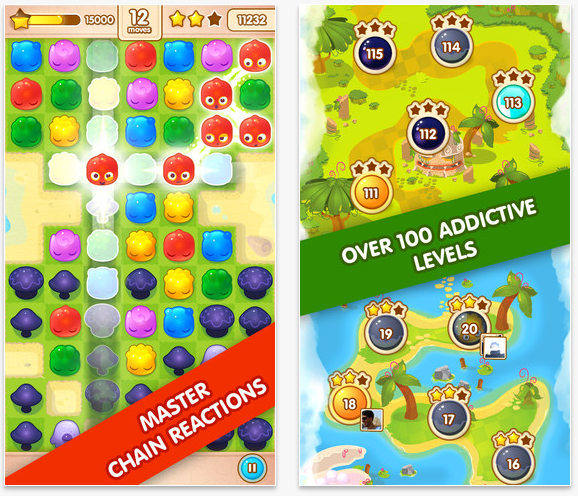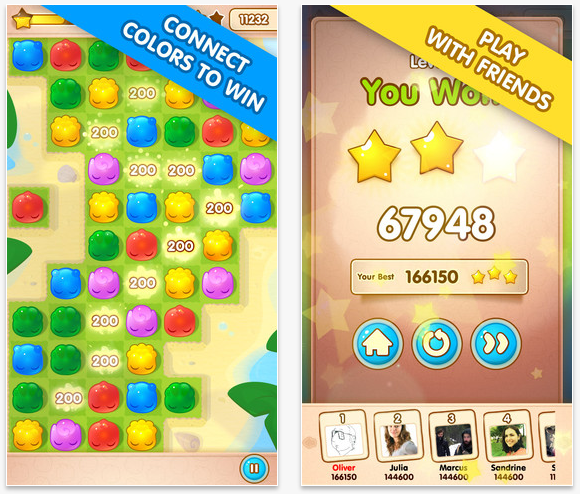A large article by the head of one of the Wooga studios Antti Hattara appeared on Pocket Gamer about how to choose the right project to launch. A brief retelling is in the material just below.

Jelly Splash was made under the direction of Antti HattariAntti writes that regardless of the size of the company, choosing the right project, the one that the team will take on, is always a very difficult task.
It would seem that what is the problem? If the prototype is fun, it’s time to put it into production! But it’s easy only in words.
Wooga evaluates the idea of the project in three stages.
Stage one
There are always a lot of ideas. It can be difficult to choose among them. In order to simplify the task, any concept is asked to be reduced to one short sentence that would immediately describe the mechanics and its uniqueness (as an option, the presence of a second bottom).
Thanks to this, Antti writes, several questions can be answered at once.
- Is it clear what we want to do/achieve?
- Does it sound good?
- Is the task well defined, is it clearly set, are there any missed moments?
- Is it worth it to work on it?

Players swear that without Facebook they can’t go beyond level 40Stage two
When it comes to the prototype, other questions are already being asked:
- Is it intuitive?
- Is it replayable?
To answer the first question, ordinary users are involved (yes, they are playing a prototype, and not an almost finished project, where there is nothing left to fix). Developers watch and keep statistics on how users play, how much time they spend on completing a certain task, how they react to the setting, in what sequence they perform actions.
In order to have something to compare with, it is good to have similar statistics of the behavior in the game of the developers themselves at hand.
In addition, any of the scoring methods should be built into the prototype. This can be the number of tasks that need to be completed at the level, or a stopwatch. This approach will almost immediately allow you to understand all the strengths and weaknesses of the project (whether you want to fight for points, whether there is excitement when playing, etc.).
Stage three
Here the developer faces the following task: to understand the depth of the design and how demanding the project is in terms of content (how much content it needs).
As you can understand from Antti’s article, this is already a relatively late stage, since the check has been going on for a long time among a large number of players, and special Facebook groups are being created to find out whether they liked the game or not.
Serious analytics is already underway here (although without the use of services, but based on responses). It turns out after which level users leave the game, whether they like the reward system.
Jelly Splash was developed using this scheme. If the game becomes a hit, Antti’s advice should definitely be heeded.
